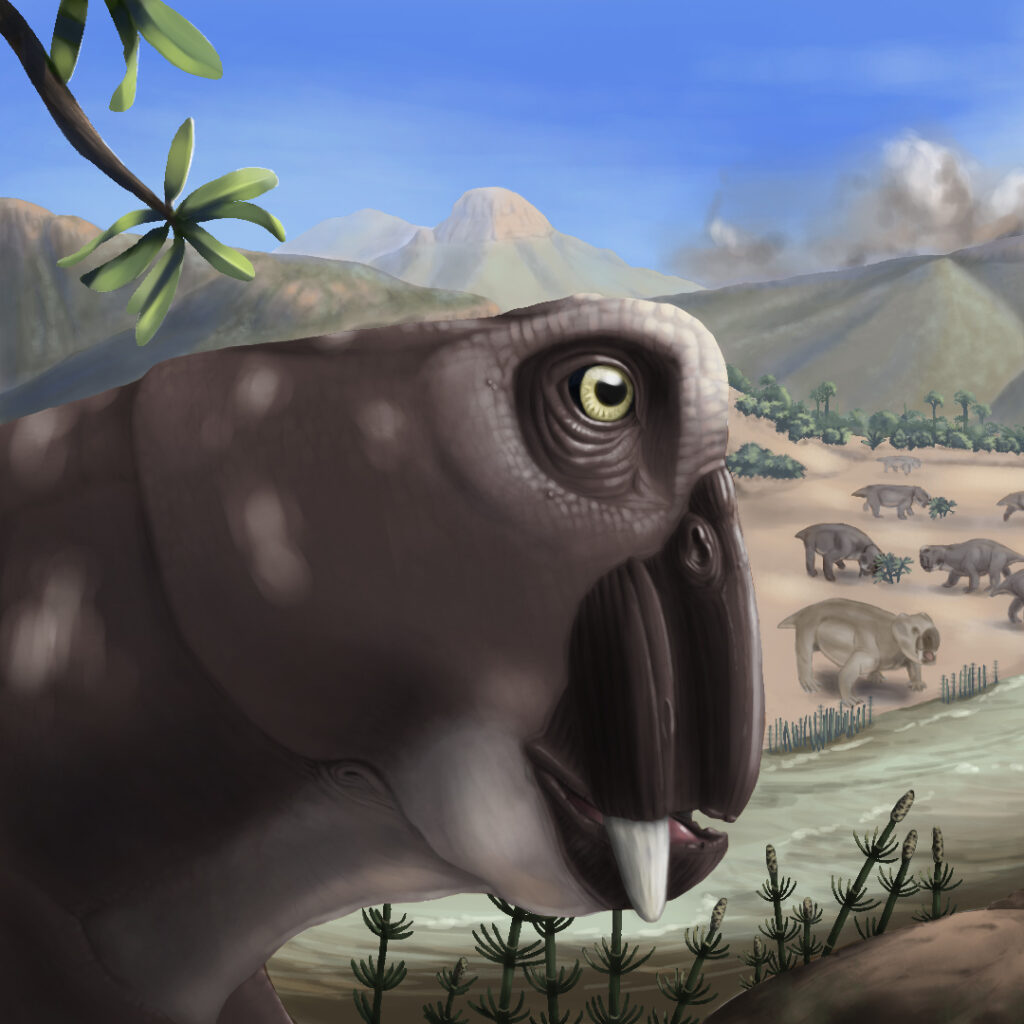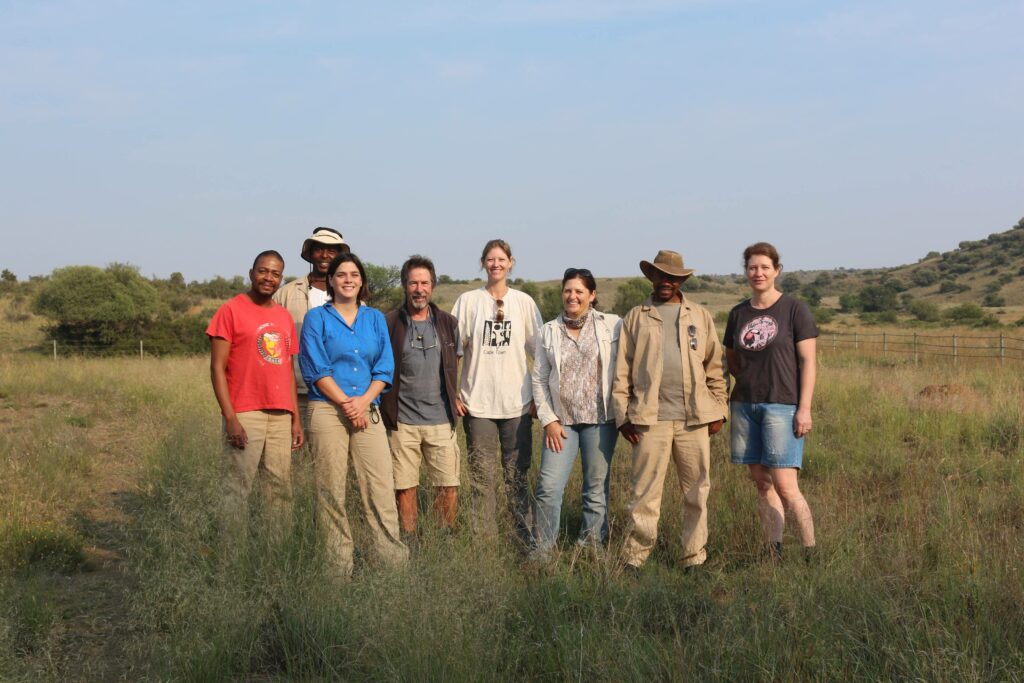Evidence from South Africa for a protracted end-Permian extinction on land

Small bites
- The end-Permian mass extinction (EPME) some 252 million years ago was the worst in Earth’s history.
- New research suggests that the EPME lasted significantly longer on land than at sea.
- The impact and effects of the EPME differed between the terrestrial and marine realms.
The end-Permian mass extinction lasted 10 times longer on land than at sea
The end-Permian mass extinction EPME) was the worst extinction in Earth’s history. Generally thought to be triggered by volcanic activity and dramatic climate change, the event drastically changed the planet’s ecosystems some 252 million years ago. There has been a long-standing problem with correlating the record of the EPME in marine rocks with that in terrestrial rocks. Scientists traditionally considered the marine extinction to have occurred over a short period (within 100 000 years) and assumed that a similar pattern occurred on land. However, a recent study published in the Proceedings of the National Academy of Sciences, USA, found that the EPME was a more drawn-out event on land (possibly lasting as long as 1 million years). The researchers of this study examined 588 fossils from the Karoo Basin in South Africa. This region represents the best preserved, most complete record of the EPME in the terrestrial realm. The scientists examined a database of these fossils through time, from the Permian to the Triassic (from before to after the extinction), to obtain an overall view of the changes in diversity over this period. They focused on the iconic, well-known mammalian ancestor, Lystrosaurus, which appeared before the extinction and survived to thrive in the post-extinction environment. Studying fossils such as Lystrosaurus showed scientists that the terrestrial extinction looked very different from the marine extinction, most notably that the extinction on land lasted much longer than in the marine realm.
Earth’s largest biotic crisis occurred during the Permo–Triassic Transition (PTT). On land, this event witnessed a turnover from synapsid- to archosauromorph-dominated assemblages and a restructuring of terrestrial ecosystems. However, understanding extinction patterns has been limited by a lack of high-precision fossil occurrence data to resolve events on submillion-year timescales.
We analyzed a unique database of 588 fossil tetrapod specimens from South Africa’s Karoo Basin, spanning ∼4 million years and 13 stratigraphic bin intervals averaging 300,000 y each. Using sample standardized methods, we characterized faunal assemblage dynamics during the PTT. High regional extinction rates occurred through a protracted interval of ∼1 Ma, initially co-occurring with low origination rates. This resulted in declining diversity up to the acme of extinction near the Daptocephalus–Lystrosaurus declivis Assemblage Zone boundary. Regional origination rates increased abruptly above this boundary, co-occurring with high extinction rates to drive rapid turnover and an assemblage of short-lived species symptomatic of ecosystem instability. The “disaster taxon” Lystrosaurus shows a long-term trend of increasing abundance initiated in the latest Permian. Lystrosaurus comprised 54% of all specimens by the onset of the mass extinction and 70% in the extinction aftermath. This early Lystrosaurus abundance suggests its expansion was facilitated by environmental changes rather than by ecological opportunity following the extinctions of other species, as commonly assumed for disaster taxa. Our findings conservatively place the Karoo extinction interval closer in time, but not coeval with, the more rapid marine event and reveal key differences between the PTT extinctions on land and in the oceans.
Why studying past mass extinctions is so important.
This research is important because it provides insight into the correlation between land and marine EPME. The EPME lasted for different periods in the two environments and may have had different impacts on the organisms in each environment. It is vital that past mass extinctions, such as the EPME, be examined to provide detailed information with regards to the causes and effects or impact of an extinction event on ecosystems. Although each mass extinction is different, broad patterns emerge concerning which organisms are more susceptible to extinction and which are more likely to adapt. This information is important for studying what we are entering today, the 6th major mass extinction.






